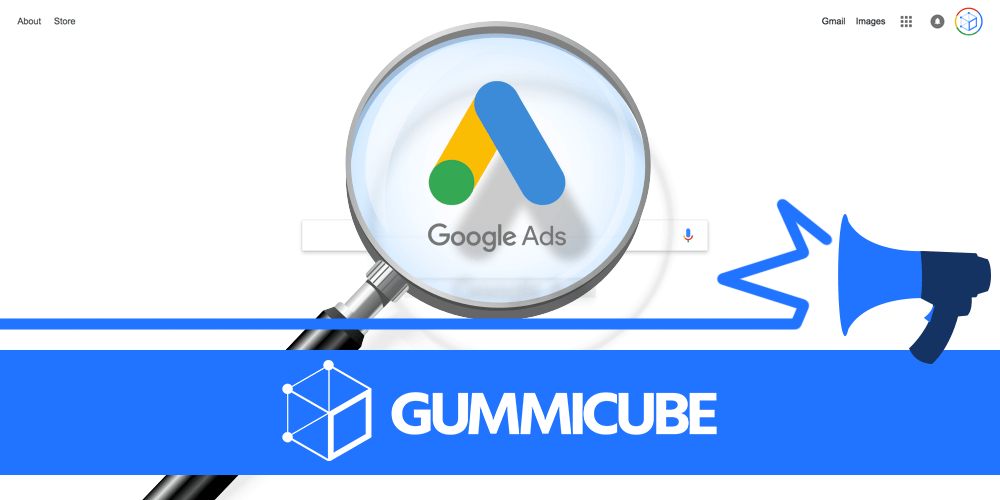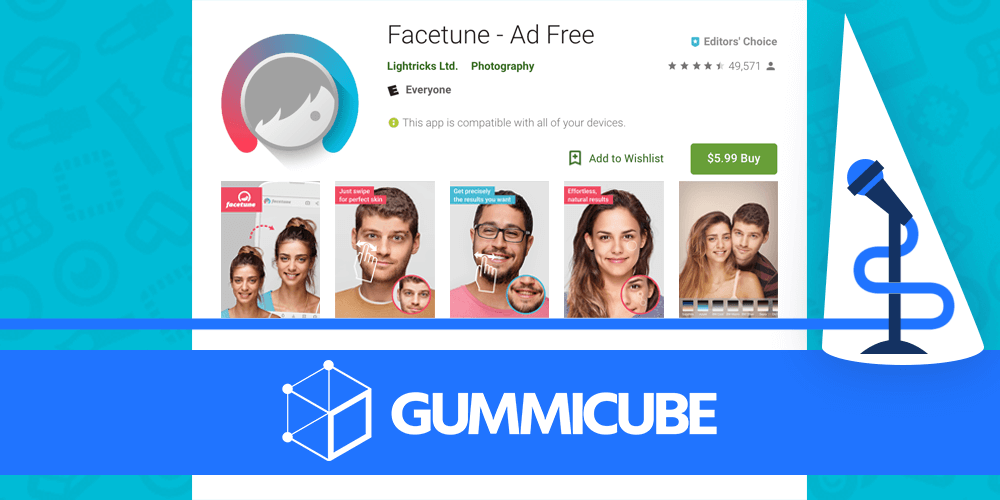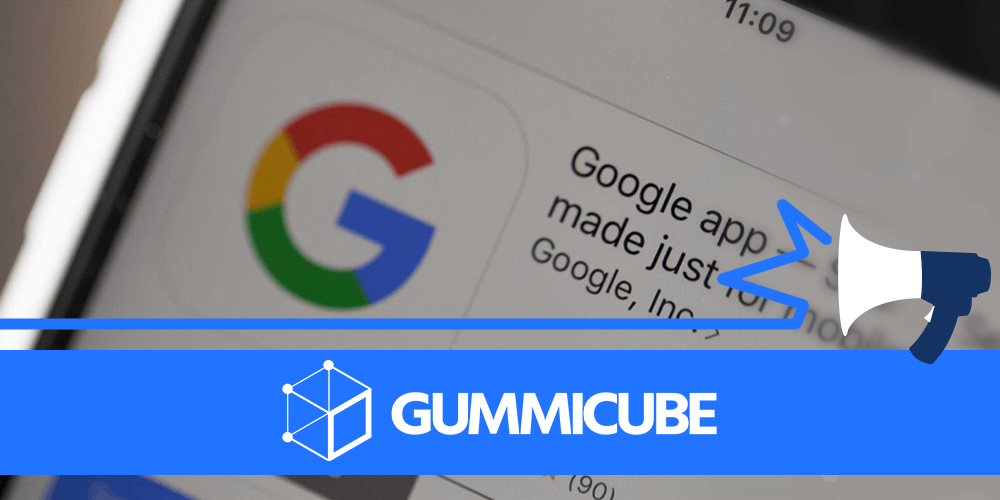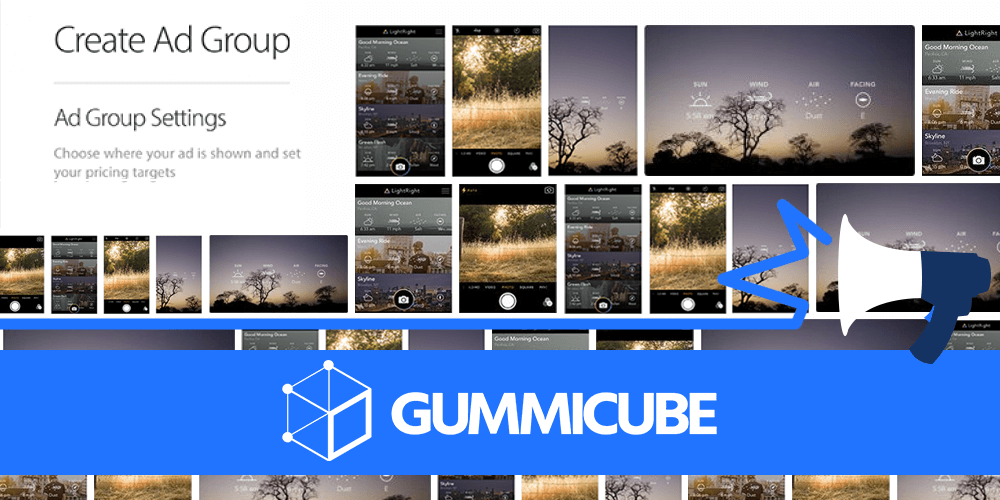
Posted on August 17th, 2018
Apple has begun a purge of gambling apps from the App Store, ensuring that only gambling apps from incorporated businesses remain. The problem? In doing so they’re eliminating all sorts of card and dice games that don’t feature gambling, as well as several apps that don’t involve gambling at all. On August 9th, Apple began removing any apps that involve “simulated gambling” and are not from verified accounts. According to the statement sent to developers:

Posted on August 16th, 2018
Learn about the new rebranding from Google UAC to Google Ads and its possible effects on your App Store Optimization.

Posted on August 14th, 2018
Facetune is a selfie editing app, ranked as the #1 photo and video app in the Apple App Store and with over 1 million downloads on Google Play. For all its success, is it optimized for both the app stores? Let’s shine a spotlight on Facetune and find out.

Posted on August 10th, 2018
Typically, beta tests of apps are released to a select group before the app becomes fully available. Google Play has allowed developers to release beta versions of their apps before, but is now giving them the chance to release their apps as early access versions for users to install. Early access apps allow users to install and use an app or mobile game before its full release, as per the app’s instructions. This is separate although not exclusive from beta versions of apps. Beta apps, which Google Play has offered before, are experimental versions of currently released apps, made for testing before being made available to the public. Early access users may also be automatically enrolled in the beta program for an app once it launches, so there is crossover between the two options. The biggest difference between the two is whether or not the app has been released. With early access, users can discover something new, although they are still technically participating in an incomplete app. This can benefit developers or brands with an existing userbase- they will be able to tap into these engaged users who will be excited to try an early version of a new app or feature. Mobile games from well-known developers will particularly benefit from this, as it will not only help find and fix bugs before the game goes live, but it will build buzz around the game among their fans. When the public version does go live, there will already be players ready who have tried the early release version or heard about it from friends that have. Beta versions, on the other hand, allow dedicated users to test upcoming versions before an update rolls out. While they may not be necessary for minor bug fixes or small new features, it will be a useful tool for testing how well large new updates and features work as well as receiving feedback and determining how well users respond. There have been cases where updates to an app displeased its users to the point where they stopped using it and moved to a competing app - beta versions can help identify pain points that would cause a mass user migration and nip the problem in the bud. Users can sign up for early access versions of apps from the Google Play Store. Early access apps can be found at the end of the store category list, available in a new dedicated section. This will also help with app discovery, as it places upcoming apps in a new section for users to search through and find apps relevant to their interests in. Beta versions can be found directly from the app pages. Users can also see what apps offer beta versions by going to “My apps and games” then “Beta” from the menu. If your app is ready for testing but not ready to support too many users, developers can limit the number of users that can try early access or beta versions of their apps. Not all users will be able to access them, although they can receive notifications if new spaces open up. After using an early access or beta version, users can provide developers with feedback directly from the app page. Unlike reviews, this feedback will only be available to the developer, so they can identify and fix issues without impacting their ratings or leaving negative reviews for the public. In fact, users with early access or beta versions cannot leave public reviews until they have the publicly released version installed. For developers looking to get feedback and test their apps or updates before a public release, the early access versions will prove as beneficial as beta versions have. If your app or mobile game needs testing before going live, this could be a good way to receive important user feedback.

Posted on August 9th, 2018
When launching a Search Ads campaign, one might wonder what the best keywords they want to target are, what variants they use and how to get the best matches. Search Ads is a key tool for App Store Optimization on the Apple App Store, so making the most out of it can help an app target and capitalize on valuable keywords and search terms. Among the Search Ads options are two valuable methods to use within campaigns: Search Match and Broad Match. What are they, and how can they help your Search Ads campaign? What They Are Search Match and Broad Match are ways of discovering new keywords for Search Ads based off your keywords and metadata. The means of discovery are different between each one. With Search Match, the Search Ads algorithm scans your metadata and the category your app is in within the App Store. It then determines what keywords your app is relevant for and pulls those for your Search Ads campaign. This is also useful for discovering keywords; think of it as Research & Development for your targeted keywords. Broad Match uses the core keywords you want to target, such as brand name, the specific type and category of the app, and so on, and pulls variations of those keywords. This includes common misspellings, plural or singular versions, minor variants and so forth. It then categorizes those keywords based on user search terms and puts relevant ones together to include in your campaign. This also helps developers identify keywords related to their brand or core features they might have otherwise overlooked.

Posted on August 4th, 2018
It’s no secret that 65% of downloads come from search, and Apple Search Ads has been helping developers acquire millions of users since it launched in 2016. Search ads can allow developers and marketers to drive impressions to users intending to download an app with the features, functionality, or competitor relevancy of their app. This is makes it one of the most effective ways to drive installs from more engaged and active users. Starting a campaign is relatively simple. Developers won’t have to worry about creating additional ad copy and creatives, since Apple pulls this from the app’s existing store listing metadata. While the creation of an ad is one less worry, developers will have to consider what goes into Search Ads and learn how and where to start in order to run a successful campaign.

Posted on August 3rd, 2018
Apple’s iTunes Affiliate program, which

Posted on August 2nd, 2018
Apple Search Ads has proven to be a successful way to reach new potential users on the Apple App Store. It boasts a conversion rate of around 50 percent and a cost per acquisition of under $1.50, making it an efficient and cost-effective advertising tool. Apple continues to roll out new updates and expansions, including new territories and creative sets, so Search Ads will continue to expand. Search Ads is part of a strong App Store Optimization strategy. By targeting relevant keywords, it can help ensure reaching a wide and interested audience. Like with keywords, Search Ads can even be used to target specific brands. Is it a good idea to target a competitor’s brand when you’re bidding on Search Ads? There are benefits and downsides to such a strategy, as well as missteps you’ll want to avoid.

Posted on August 1st, 2018
Apple and Google want to get apps onto user’s devices faster. They allow developers to get their apps onto devices faster by releasing Pre-Order Apps (iOS) and letting users pre-register on Google Play. Pre-ordering apps seems beneficial to users, as it delivers what they want earlier. But how can it benefit developers? Are there any positives during the pre-launch phase? What does pre-ordering mean for their ASO strategy? Let’s go over why allowing apps to be pre-ordered/pre-registered would be beneficial to developers.

Posted on July 31st, 2018
Snapchat is one of the top apps for taking and sharing photos, known for its many filters and effects. Yet for all its success, is it optimized for the App Stores, or could it do better with a proper ASO strategy? For this week’s App Store Spotlight, we look at Snapchat and all the things it does right or wrong.

Posted on July 28th, 2018
Podcasts have become increasingly popular among listeners of all ages since Apple added podcasts to iTunes 4.9 in 2005. In fact, in 2018, 44% of Americans ages 12+ have listened to a podcast at some point, and roughly 26% have listened to one in the past month. Podcasts can reach a large audience of listeners and can be created by just about anyone. However, if you’re thinking about creating a podcast, there are some best practices to keep in mind to help get you started: 1. Know Where to Post Your Podcast While there are several streaming services that have loads of podcasts readily available, it’s important to note which service would help you gain the most subscribers. Currently, iTunes has cornered the market for podcast consumption with over 63.2% combined market share, split among the podcast app, iTunes desktop and third-parties. Despite the number of Android devices and users increasing year-over-year, there’s no denying that Apple has the podcast market covered. It’s important that podcasters still take the step in evaluating which streaming service will be best to host their podcast, but ultimately, iTunes is where they’ll get the most exposure.

Posted on July 27th, 2018
We’re over half-way through 2018 and revenues are on the rise for the app economy. Between the two app stores, though, which one is seeing higher profits? More importantly, why? In the first half of the year, Apple’s App Store brought in nearly double the revenue of the Google Play Store, in spite of seeing fewer downloads overall. However, this is not bad news for Google Play by any extent (its own profits remain at a comfortable $11.8 billion), and there are several factors behind this gap. First and foremost, Android users can get apps from more than just the Google Play Store. While it is the most common storefront, the Samsung Store or Amazon Appstore also sell apps for Android devices, whereas iOS devices can only get their apps off of the Apple App Store. This discrepancy is particularly noteworthy in certain overseas markets. For instance, there are multiple stores selling Android apps, including Myapp, Huawei App Market and Xiaomi App Store. While Android users there outnumber iOS users significantly, this is not reflected in the Google Play Store’s sales numbers. Additionally, we need to look at the growth of each store. The app market continues to grow at a steady rate, although Google Play is seeing slightly more, at a 29% growth compared to Apple’s 26%. Apple’s lead over Google Play has been consistent. In 2017, Apple’s App Store brought in $38.5 billion, compared to Google Play’s $20.1 billion. The factors driving this division have remained mostly unchanged, although both stores are on track to surpass those earnings by the end of 2018. App profits are in part being driven by subscription-based services, such as Netflix and Pandora. However, mobile games remain responsible for the largest portion of revenue for both app stores, representing 78% of the total spent across the two. So, what does this mean for developers? Simply put, it’s a good sign for both stores. Profits are on the rise, and what Google Play lacks compared to Apple’s raw numbers, it makes up for in growth. Consumer spending does tend to be higher among iOS users, so if a developer can only make an app for one store, that may be their best choice. With that said, there is no need to design an app solely for one store. Both App Stores are successful and growing at a fine rate, so app developers can and should develop apps for both. There are numerous tools for developing apps on both platforms, so developers should try to reach a wider audience by releasing across devices. When releasing apps on either App Store, it is important to remember best practices for both stores. Each store has different requirements for creatives, different ways of storing keywords and different best practices for descriptions. By using a solid App Store Optimization strategy for both stores, developers can ensure they’re getting as much as they can out of this ever-growing industry. It’s not a matter of Apple versus Google. Each one is seeing tremendous profits, and although Apple’s may be higher, both are strong indicators that the app economy will only continue to grow.













